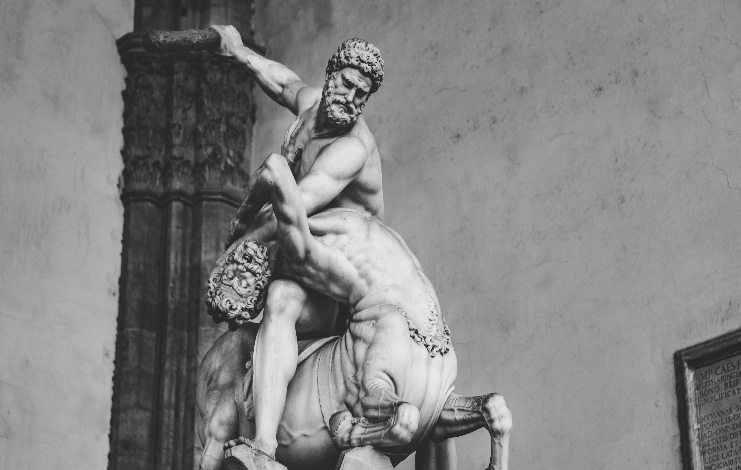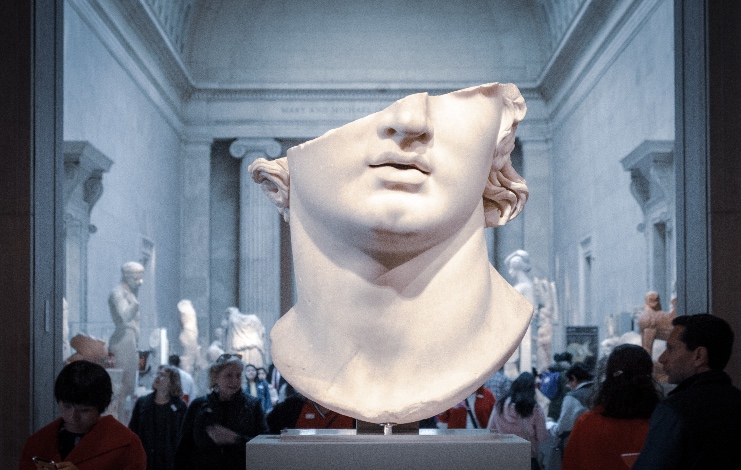From the renaissance to futurism and constructivism, history has welcomed a number of influential art movements from across the globe. These have all played a seminal role in inspiring different generations of artists, many of whom have subsequently gone on to enjoy high-profile and lucrative careers.
However, if there’s one period that has proved to be an inspiration amongst artists, it’s the epoch of Greek sculpture that spanned from 650BC (the Archaic Period) to 27BC (commonly known as the Hellenistic Period in the Eastern Mediterranean). These pockets of time were especially influential Classical Periods and represented the creative peak for Greek sculpture, spawning some of the world’s most famous pieces (including Peplos Kore).
In this post, we’ll explore this further and ask why Greek sculpture remains a major standard-bearer, whilst also considering how such artistic inspiration can be commercialized in the modern age.
The search for perfection – The Greek sculptor legacy and why it is important
Whether you aspire to launch a profitable career in sculpting or simply want to invest in high-quality pieces for your business, it’s important to understand why the legacy of Greek artwork remains so alluring.

From its very inception, Greek sculpture was responsible for launching the world’s first genuine artistic movement, with sculptors of the time drawing inspiration from Egyptian and Near Eastern monumental art.
This quickly evolved into a truly unique vision of this once rudimentary art form, with Greek artists reaching a peak of excellence that was underpinned by a relentless quest for perfection.
This focus was typically turned to the human form, with sculptors across various periods of Greek art obsessed with elements such as proportion, poise and replicating an idealized representation of the male body.
The use of durable and seamless materials like bronze and marble also underpinned this desire for artistic excellence, as they provided an elegant finish and made the final piece appear as though it had been carved from the inside as opposed to chiseled from the outside.
This also gave pieces a sense of life and verve, replicating the energy of their subjects and adding a new dimension to the structure of essentially still sculptures. Many of the most famous pieces remain immovable and unmatched to this day, whilst the principles of Greek sculpture continue to inspire the work of thousands across the globe.
Business as an art – Translating natural talent and the principles of Greek sculpting into a career
In the modern age, professional sculptors tend to create works that have been commissioned for either public installations or private businesses, with firms utilizing sculptors within their commercial premises.
This creates a viable, analog career opportunity in a largely digital age, which in turn makes it possible for qualified sculptors to realize the core principles of Greek sculpting whilst also achieving commercial success.

In addition to your knowledge, unique design ethos and abundant natural talent, you’ll also need to pursue an education if you’re to qualify as a professional sculptor. This should take the form of a bachelor’s degree in art or a Bachelor of Fine Arts (BFA) qualification, which will typically be awarded at the end of a four-year learning program.
There is plenty of flexibility for qualified sculptors too, both in terms of demand and how they structure their operations. You’ll have the opportunity to work for yourself, for example, whilst sculptors with additional marketing and networking skills can command an average salary in the region of $49,000 per annum.
In terms of achieving excellence and pursuing the same precision that inspired ancient Greek sculptors, modern-day artists can also use a variety of advanced tools. Contemporary suppliers such as RS Components sell specialist measurement tools called calipers, for instance, which feature adjustable tips and measure required lengths in precise and accurate detail. This type of tool and attention to detail is particularly important when completing commercial pieces.



